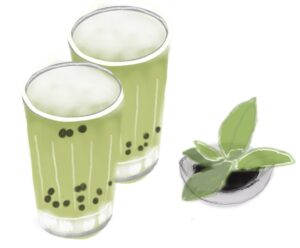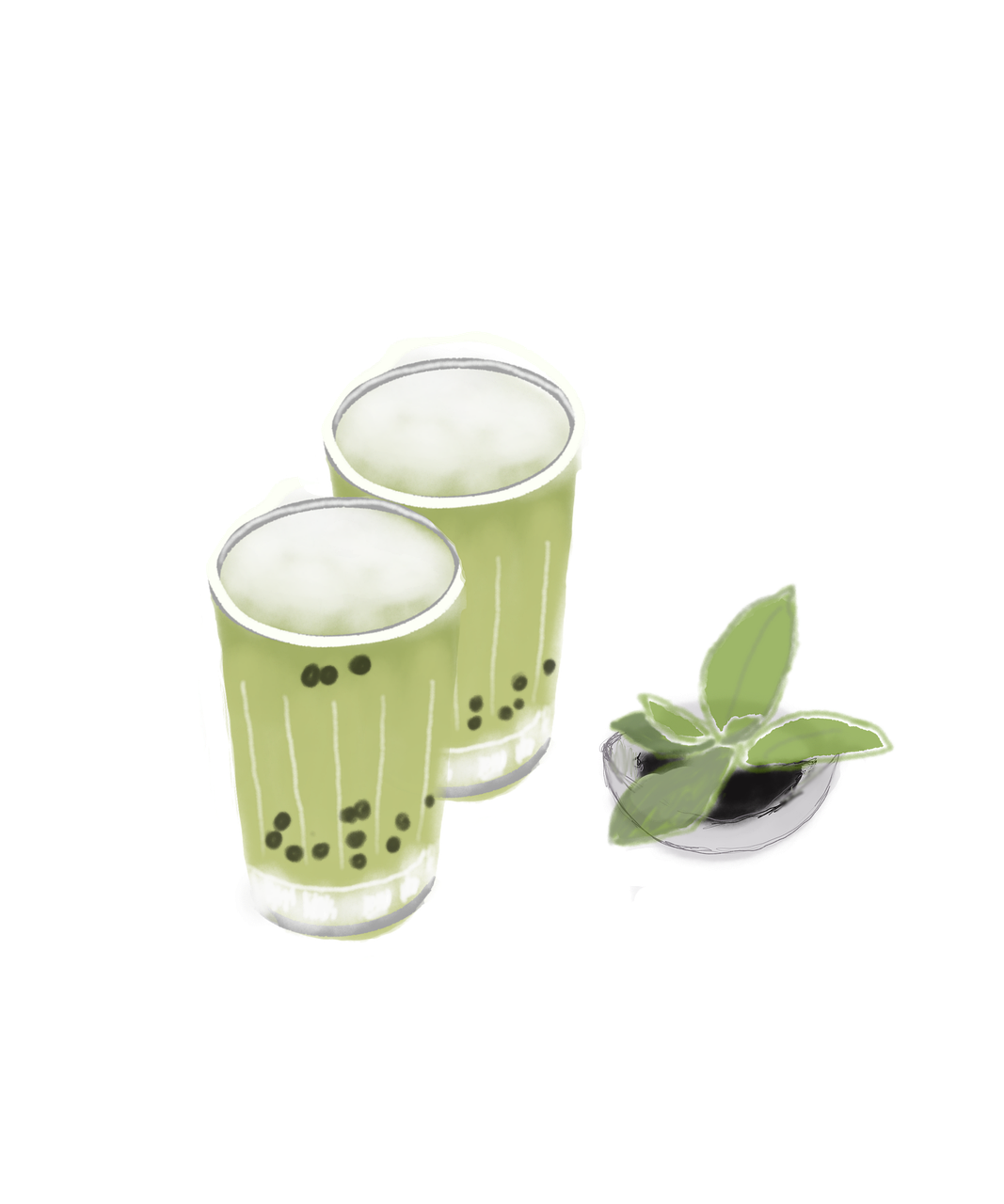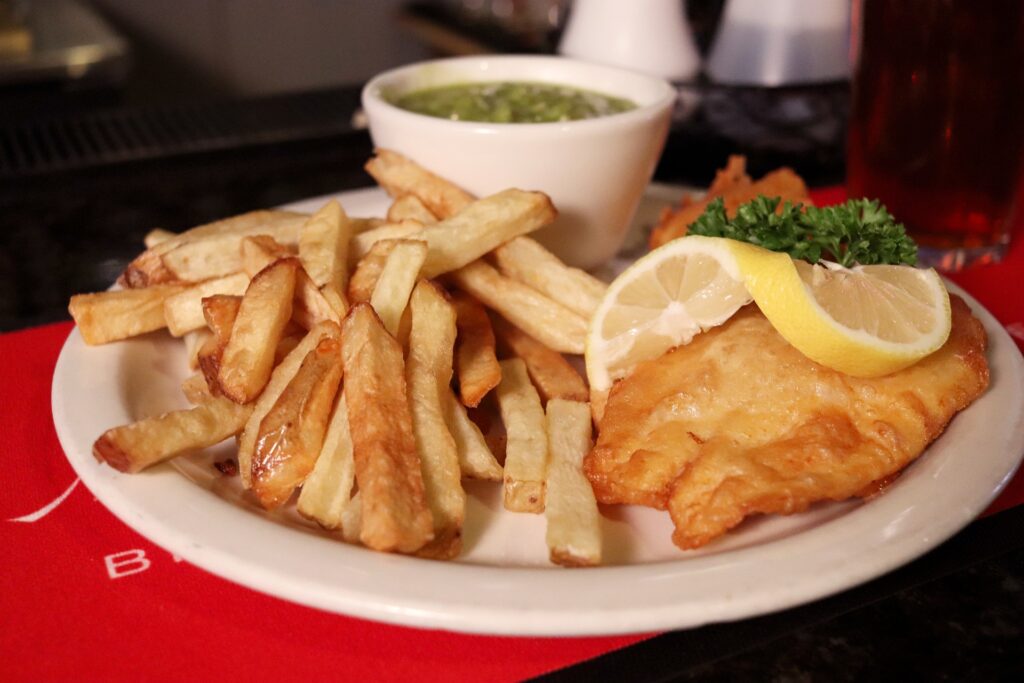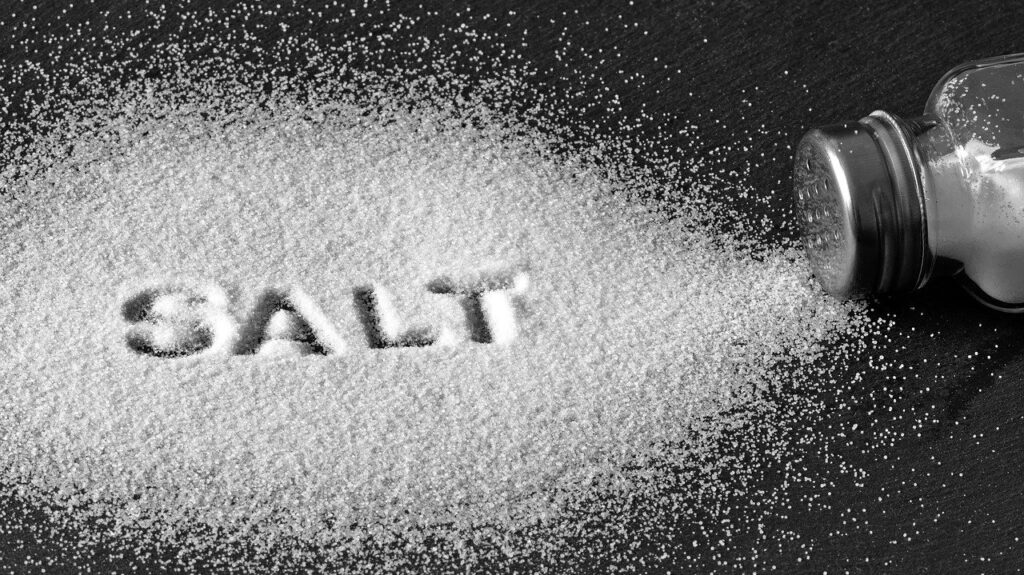Bubble tea, also known as boba tea, has taken the world by storm in recent years. With its unique combination of tea, milk, sweeteners, and chewy tapioca pearls, it has become a favorite beverage among people of all ages.
Bubble tea’s journey from a simple Taiwanese invention to a global sensation is a testament to its irresistible appeal. But where did this delightful drink originate, and how has it managed to gain such worldwide popularity? Let’s dive into the story behind bubble tea, how it can be prepared, its benefits and drawbacks, and its global expansion.
The Story Behind Bubble Tea’s Origin
Bubble tea traces its origins to Taiwan in the 1980s. There are multiple accounts of how the drink came to be, but the most popular version credits Lin Hsiu Hui, a teahouse employee in Taichung, Taiwan. In 1988, during a meeting at the Chun Shui Tang teahouse, she decided to pour sweetened tapioca pearls into her iced tea, leading to the birth of what we now call bubble tea. This happy accident was an instant hit among her colleagues and eventually became a staple on the teahouse’s menu. The drink quickly gained popularity in Taiwan and soon spread to neighboring countries and beyond.
Another version suggests that bubble tea originated from the night markets of Taiwan, where vendors experimented with adding different ingredients to their traditional milk teas to appeal to younger generations. By blending chewy tapioca pearls, fresh fruit flavors, and creamy milk, they created a refreshing and satisfying beverage that resonated with customers.
The term “bubble tea” originally referred to the frothy bubbles formed when shaking the tea with milk and ice, not the tapioca pearls themselves. Over time, the chewy pearls became the drink’s defining feature, and the name stuck.
Taiwan’s bubble tea culture thrived during the 1990s, with countless teahouses offering their own unique twists on the drink. Innovations such as fruit-based teas, jelly toppings, and even cheese foam variations helped solidify bubble tea as a versatile and customizable treat.

How to Prepare Bubble Tea
Preparing bubble tea at home is surprisingly simple and allows for endless customization. Here is a basic guide to making this delightful beverage:
Ingredients:
- 1 cup brewed tea (black, green, or fruit tea)
- 1/2 cup milk (dairy or plant-based)
- 2 tbsp sweetener (sugar, honey, or syrup)
- 1/2 cup cooked tapioca pearls
- Ice cubes
Instructions:
- Brew your choice of tea and allow it to cool.
- Cook the tapioca pearls according to package instructions, usually by boiling them until they become soft and chewy.
- In a shaker or blender, combine the brewed tea, milk, and sweetener. Shake well until mixed.
- Add the tapioca pearls to a serving glass.
- Pour the tea mixture over the pearls, add ice cubes, and enjoy with a wide straw to sip up the pearls.
For variations, you can experiment with flavors such as matcha, taro, or fruit syrups to create your own bubble tea masterpiece.
Benefits of Bubble Tea
While bubble tea is a delicious and fun drink, it also offers several benefits:
- Energy Boost: The tea base, often containing caffeine, provides a quick energy boost and helps with alertness.
- Customizable Options: Bubble tea can be tailored to suit dietary preferences, with options for plant-based milk, sugar substitutes, and different flavors.
- Hydration: The combination of tea and milk contributes to daily hydration needs.
- Source of Antioxidants: Depending on the type of tea used, bubble tea can provide antioxidants that may help combat free radicals in the body.
Non-Benefits of Bubble Tea
Despite its popularity, bubble tea comes with some drawbacks that consumers should be mindful of:
- High Sugar Content: Many bubble tea recipes contain significant amounts of sugar, which can contribute to weight gain and other health issues.
- Caloric Density: The tapioca pearls, while delicious, are high in calories and carbohydrates.
- Artificial Ingredients: Some commercially available bubble teas contain artificial flavors and preservatives that may not be ideal for health-conscious individuals.
- Caffeine Sensitivity: The caffeine content in tea-based bubble tea can be unsuitable for individuals sensitive to stimulants.

The Global Expansion of Bubble Tea
Since its humble beginnings in Taiwan, bubble tea has grown into a global phenomenon. The drink quickly spread across Asia, becoming especially popular in countries like China, Japan, and South Korea. By the early 2000s, bubble tea shops began appearing in Western countries, with major cities in the United States, Canada, and Europe embracing the trend.
Today, bubble tea is a staple in many urban areas worldwide, with dedicated bubble tea chains and local cafes offering an ever-expanding array of flavors and variations. The drink’s versatility, Instagram-worthy appeal, and unique texture have contributed to its sustained popularity. In countries such as Australia and the UK, bubble tea has become a go-to drink for young consumers looking for a fun and refreshing alternative to traditional coffee or soda.



